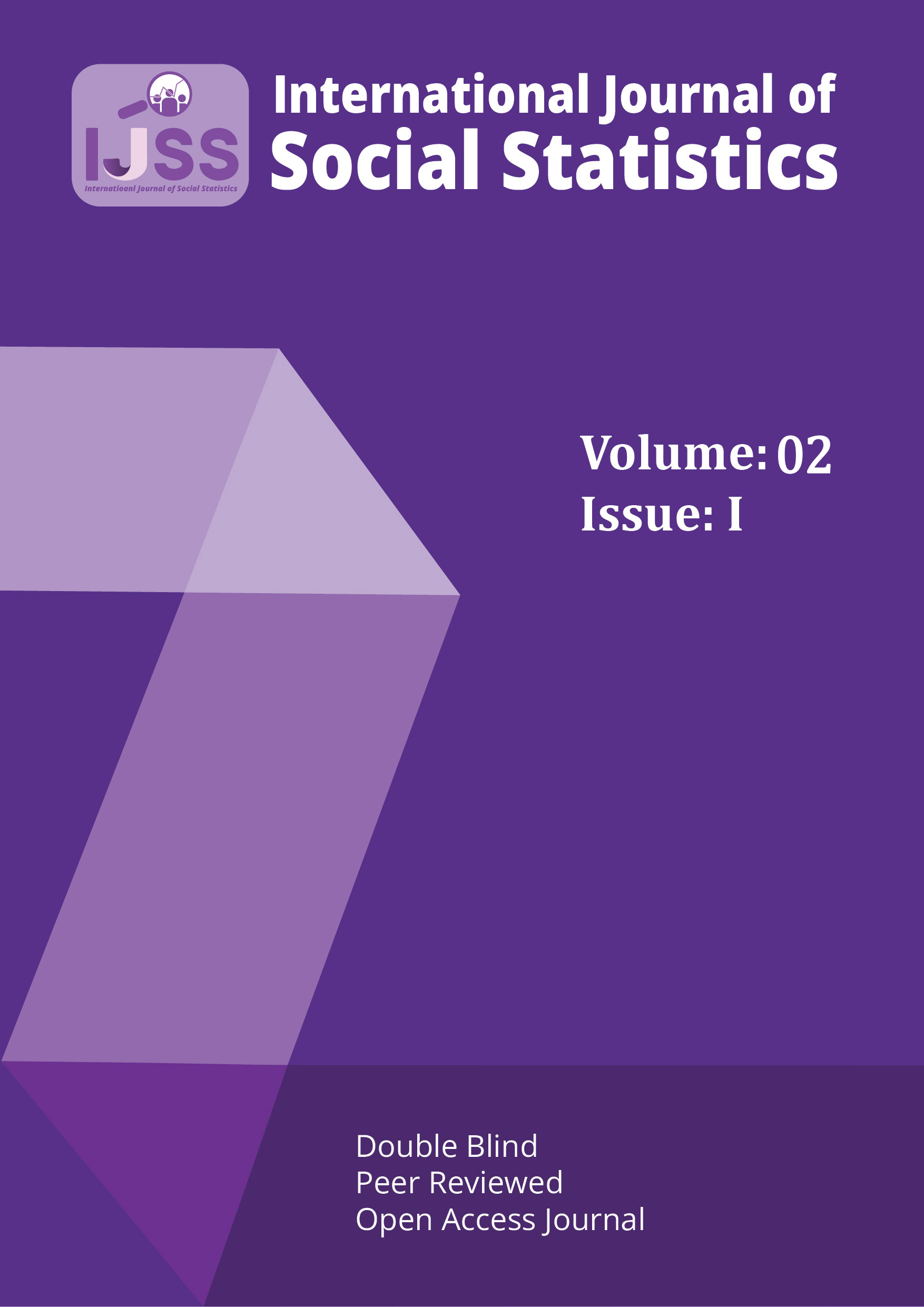Sector Value Addition in GDP and CO2 Emanation in Sri Lanka
DOI:
https://doi.org/10.31357/ijss.v2i01.8278Keywords:
ARDL, CO2 emission, environmental Kuznets curve, Value added in GDPAbstract
This study investigates the impact of agriculture, industry, and service sector value added in the gross domestic production (GDP) on carbon (CO2) emissions in Sri Lanka from 1965 to 2023. The study employed the Autoregressive Distribution Lagged (ARDL) bound test to investigate the study variables; long run relationship. The study results show that carbon emissions and value added in agriculture have negative significant association while value added in service and carbon emission has positive significant association in both short and long run. The results analysis does not support the EKC hypothesis in Sri Lanka. Furthermore, in this study, The EKC hypothesis contradicts in the sense that Sri Lanka moves from the secondary to the tertiary sector (Services) but CO2 emissions do not decrease but rather increase with rising income that is the new findings of the research. Thus, the implication of the research is that staying service economy is not the only way of reducing CO2 emissions because value added services in GDP are also associated with CO2 emissions. As well as other factors that affect CO2 emissions such as environmental awareness, technique effects, trade openness, and environmental regulations, are welcome to further researchers.



